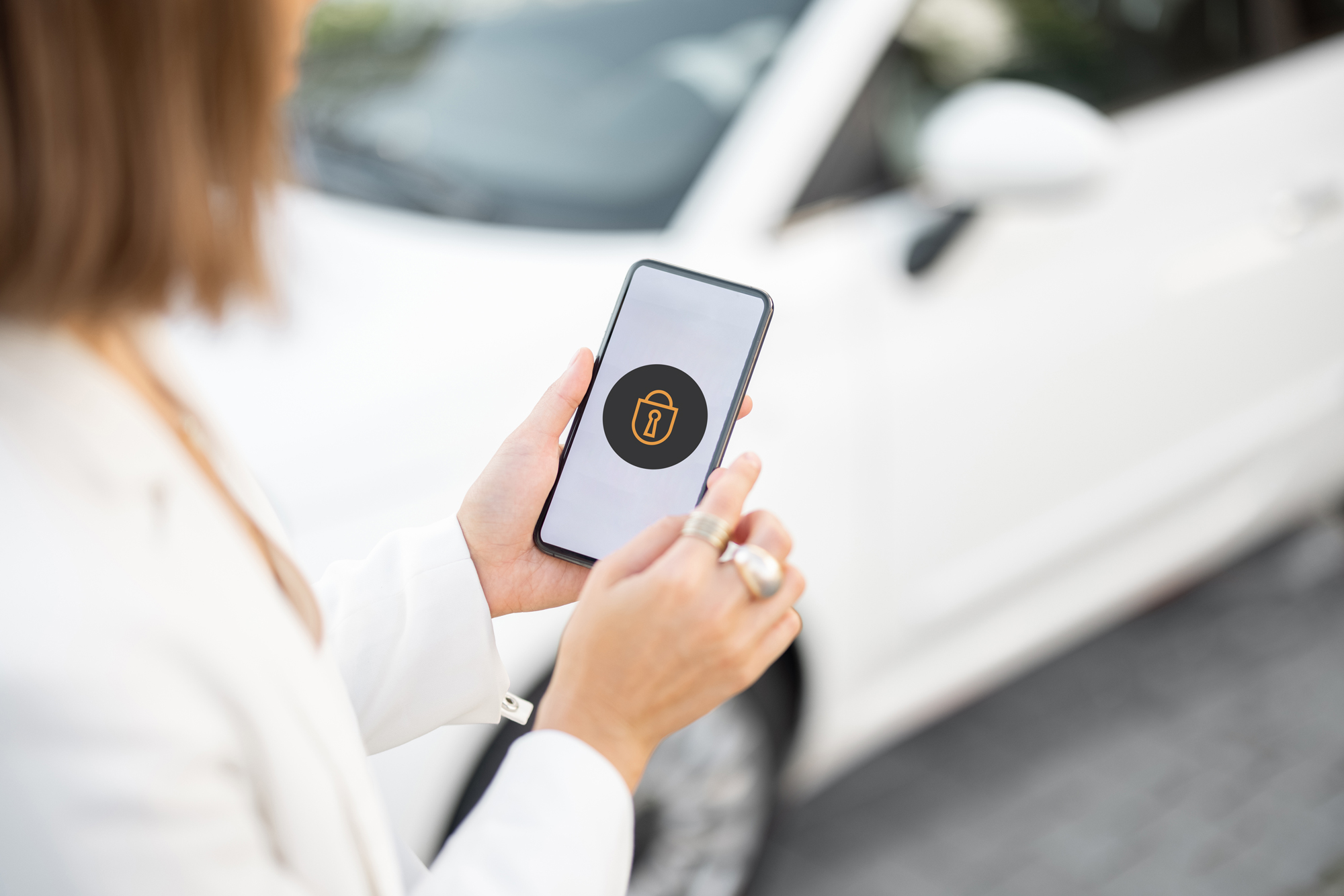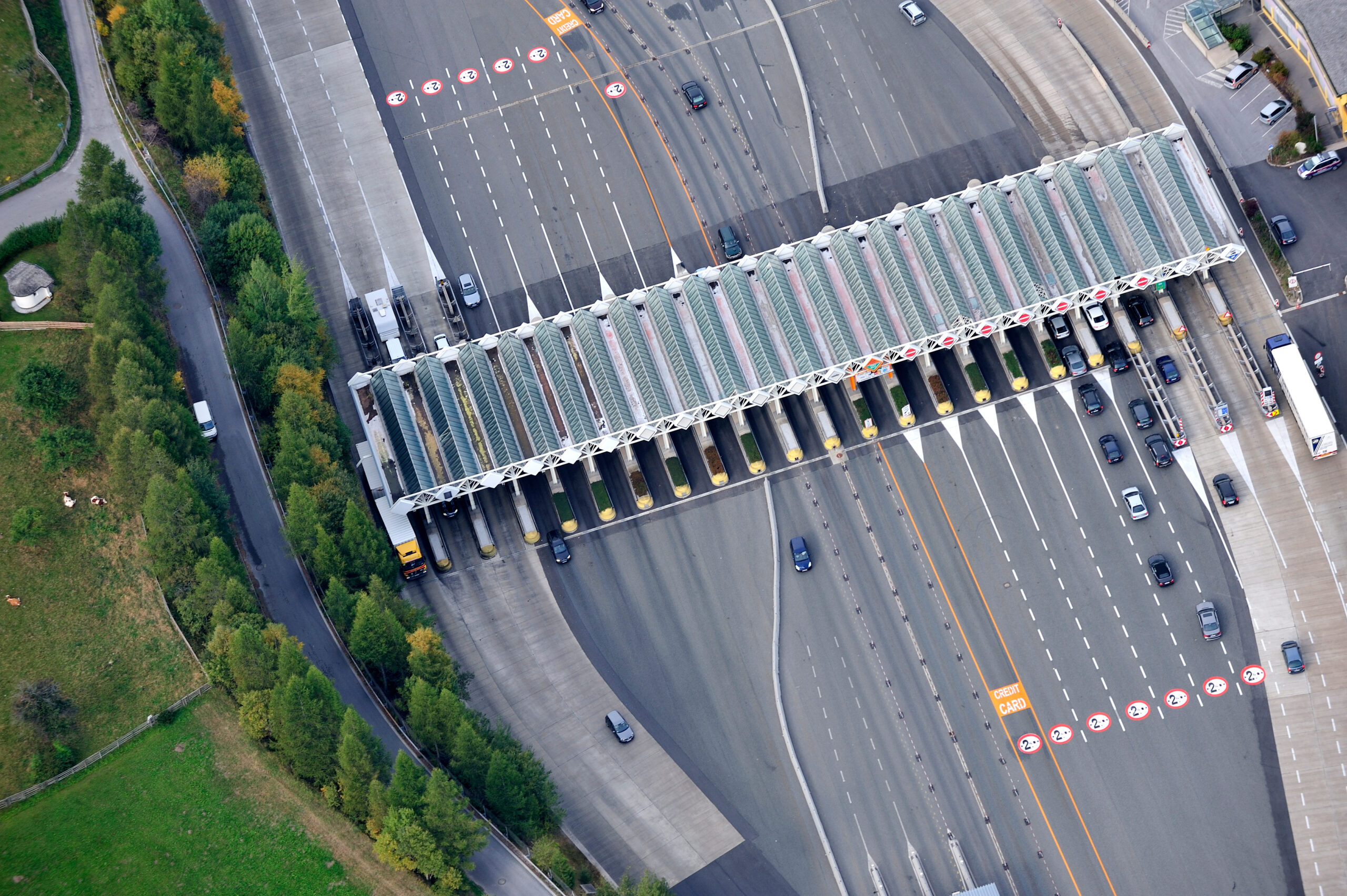Car-sharing is not simply an evolution in transportation – it’s a shift in how we think about mobility. At its core, car-sharing provides individuals with the ability to rent vehicles for short periods, often by the hour. This model reduces the need for private car ownership, promoting a culture that values access over ownership. With burgeoning city populations and concerns over environmental sustainability, car-sharing evolves as a hope. However, as we move down this new avenue of shared mobility, one question looms large in the rear-view mirror: how do we ensure safety in such a shared ecosystem?
 Modern mobility: grasping the essence of car-sharing
Modern mobility: grasping the essence of car-sharing
Car-sharing is no longer a foreign concept reserved for tech-savvy cities. It’s grown into a global movement, providing freedom and flexibility to those who seek an alternative to traditional car ownership. The idea is simple: instead of investing in a car that sits idle for most of its life, why not access one only when needed?
This revolution offers numerous advantages, from reduced carbon footprints to significant financial savings. But as with every shared system, it necessitates severe measures to maintain the vehicle’s and its users’ safety and security.
 Guaranteeing safety with advanced GPS tracking solutions
Guaranteeing safety with advanced GPS tracking solutions
Driving or riding in a shared vehicle should never feel like stepping into the unknown. Here, GPS tracking proves invaluable. With it, users can be constantly informed about the vehicle’s location, and owners can have peace of mind knowing their vehicle is traceable.
Furthermore, it’s not just about tracking location. Advanced GPS systems can also provide insights into driving behaviors, ensuring that those behind the wheel uphold the highest safety standards. By capturing and transmitting information about the vehicle’s movements and behavior, telematics offers an intricate map of each trip. Owners gain assurance knowing their cars are in safe hands, while passengers receive a transparent overview of their journey, instilling confidence in the system. This proactive approach not only assures passengers but also helps maintain the integrity of the car-sharing model.
 User verification: protecting the entry points
User verification: protecting the entry points
Every person accessing a shared vehicle undergoes a strict verification process. By utilizing advanced algorithms and cross-referencing databases, car-sharing platforms ensure that only verified users can start a journey. This rigid process acts as a primary line of defense against potential misuse of the service, while also instilling a sense of confidence within the broader car-sharing community.
 Feedback loops to constantly refine the safe ride
Feedback loops to constantly refine the safe ride
After every ride, users are prompted to provide feedback. This isn’t merely a formality; it’s a vital cog in the safety mechanism. Feedback helps identify potential issues, whether with the vehicle or the route taken, ensuring constant improvement. By actively listening to the car-sharing community, platforms can quickly implement safety enhancements, further solidifying their commitment to user protection.
 Ensuring holistic safety beyond tech
Ensuring holistic safety beyond tech
While technology provides powerful tools for safety, car-sharing platforms also have a human role to play. Rigorous background checks, stringent driver training, and a responsive feedback system are just a few ways to ensure every passenger’s physical safety and comfort. It’s a dual responsibility – platforms must guarantee that users feel safe at every juncture, while users should be educated and aware of safety protocols and measures in place.
Car sharing is also an exercise in trust that stems from a combination of cutting-edge technology, like GPS tracking and telematics, and transparent, user-focused policies. As more people adopt car-sharing, nurturing this trust becomes essential. A single mishap can shake faith in the system, making safety not just an operational requirement but a pivotal marketing point as well.
The transportation horizon is changing, with shared mobility painting a clear picture of the future. But for car-sharing to indeed be the vehicle of tomorrow, it must be synonymous with safety and reliability. It’s a shared journey, and with mutual understanding, collaboration, GPS tracking, and telematics innovation, we can ensure it’s safe for everyone involved.








